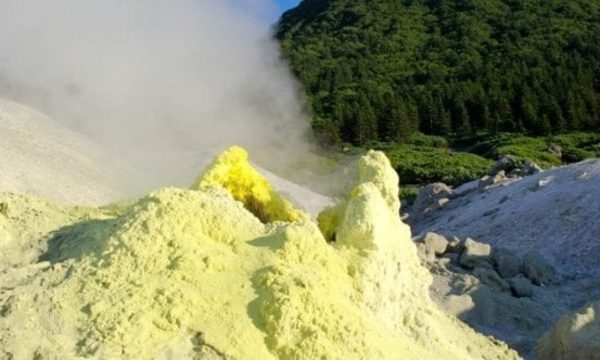Industrial sulphur powder is a flammable and hazardous chemical. Under normal circumstances, it burns very slowly in the air. However, the mixture of dust and air will explode when ignited. The smaller the space, the greater the possibility of sulfur dust explosion. In order to prevent possible dangers caused by industrial sulfur powder, we conduct experiments to understand the ignition energy of sulfur dust of different particle sizes.
As the particle size of industrial sulfur powder increases, the ignition energy increases rapidly. The ignition energy of sulfur coarse powder (above 150μm) is greater than 13J, and in industrial production, it is almost impossible to encounter an ignition source with an energy of 10J (except for open flames). Therefore, even if sulfur with a particle size of more than 150 μm is explosive, it is not easy to ignite in industrial production due to its high ignition energy. With the increase of sulfur particle size, the sulfur ignition temperature also increased rapidly. Sulfur particles with a particle size of more than 2 mm cannot be dispersed by existing test methods, so they will not explode. Sulphur with a particle size of 2 to 6 mm is difficult to ignite and will not explode, so the risk of fire and explosion in the material yard is small.
Due to different production and molding methods, the common forms of sulfur are powder, granule, or flake and block. The melting point and ignition point of sulfur are generally low, and it exhibits different combustion properties under different conditions and states. When it is solid and the particle size is small, it exhibits flammable characteristics. Fire can be caused by heat, impact, friction, etc. In the process of crushing, grinding, storage and transportation, static electricity will be generated, causing spontaneous combustion and explosion. Sulphur dust or vapor is mixed with air or oxidant, and when a certain concentration is reached, an explosive mixture is formed, which will explode under the action of an ignition source.

